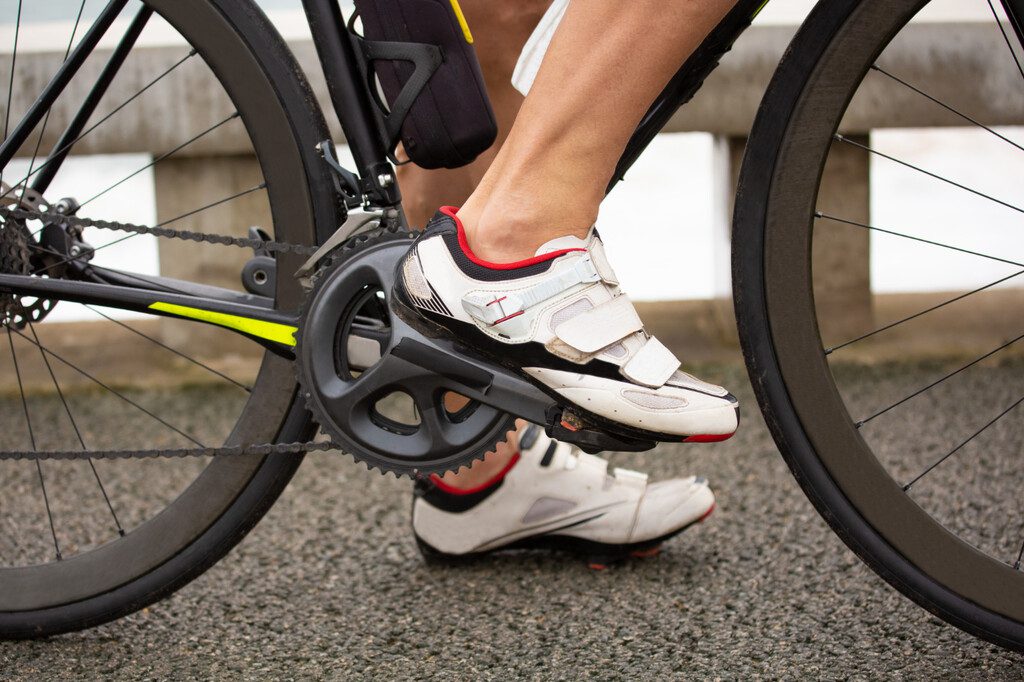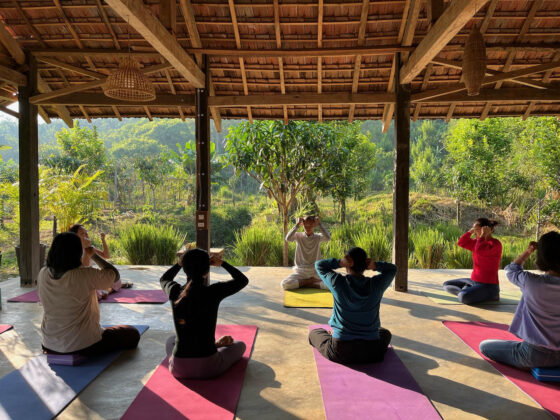Table of Contents Show
✍️ AI is summarizing:
Improving your pedal stroke can significantly enhance your cycling efficiency and overall performance. Whether you’re a seasoned cyclist or just starting, small adjustments to your technique can lead to noticeable gains in power and endurance. Here are some essential tips to help you refine your pedal stroke and ride more effectively.
Related post:
- Cycling for Runners: How to Enhance Your Performance
- Your Ultimate Cycling Adventure Companion: On Exo Trails App
- Thrill of Mountain and Gravel Biking in Vietnam’s Hidden Gems
Before diving into specific techniques, it’s important to recognize that a “perfect” pedal stroke isn’t necessarily the goal. According to bike fitter James Mari, what matters most is having a functional stroke that effectively engages your primary power muscles—primarily the glutes, quads, and calves. Instead of stressing about achieving an immaculate stroke, focus on maximizing your power output with these key muscles.
Optimizing your pedal stroke: Engage your power muscles

To optimize your pedal stroke, prioritize engaging your glutes and quads during each revolution. Mari emphasizes that while it’s common to think about pulling up with one leg as you push down with the other, this isn’t the most efficient approach.
Instead, focus on pushing down hard with your quads and keeping your glutes active throughout the pedal stroke. This method allows you to exert maximum power and efficiency without unnecessary fatigue.
Self-assessment: Analyzing your pedal stroke
Mindfulness is crucial when cycling. Take the time to evaluate how you pedal by experimenting with both clipless and flat pedals. Pay attention to how each setup feels and note any differences. Do you feel more balanced on one type compared to the other? Are there areas of discomfort? These observations can provide valuable insights into your pedal stroke and help you communicate effectively with a bike fitter or coach.
While riding, ask yourself the following questions:
(a) Are you wasting energy by rocking in the saddle?
(b) Do you feel the need to pull up to climb hills rather than push down?
(c) Is one leg performing better than the other?
These self-assessments can highlight areas for improvement, such as needing strength training for your glutes or incorporating single-leg drills to balance your stroke.
Strengthen for a better pedal stroke: Off-the-bike exercises

To improve your pedal stroke, it’s beneficial to strengthen the major muscle groups involved in cycling. Incorporate exercises like glute bridges and deadlifts to enhance glute strength, and add split squats and lunges to build your quads. Focusing on these muscle groups off the bike will translate into more power and efficiency during your rides.
Bike fitting for optimal pedal stroke
If you notice inefficiencies in your pedal stroke—such as needing to point your toes awkwardly or feeling your hips rock side to side—it could indicate that your bike fit needs adjustment. A professional bike fitting can help correct these issues, allowing for a smoother and more efficient pedal stroke.
Enhance your pedal stroke with the “gum scrape” method

A simple mental cue can help improve your push on the pedals: imagine scraping gum off the bottom of your shoe as you push down at the 4 to 6 o’clock position. This visualization encourages you to focus on driving power through your glutes and quads while minimizing the effort from your hamstrings.
Experiment with pedal types to enhance your pedal stroke
If you’re looking to make quick gains, try switching to flat pedals. Many cyclists find that riding flat pedals allows them to connect more intuitively with the pedal stroke, helping them identify where they can improve their efficiency. For those looking for a more advanced option, using a fixed-gear bike on a track can enhance your awareness of pedal stroke dynamics since there’s no coasting involved.
Conclusion
By focusing on your pedal stroke and making these adjustments, you can enhance your cycling performance significantly. Engage your power muscles, assess your technique, strengthen off the bike, and consider professional fitting if needed. With these strategies, you’ll be well on your way to riding more efficiently and effectively on every ride. Follow our official Facebook page now to receive more interesting information.













Your article helped me a lot, is there any more related content? Thanks!